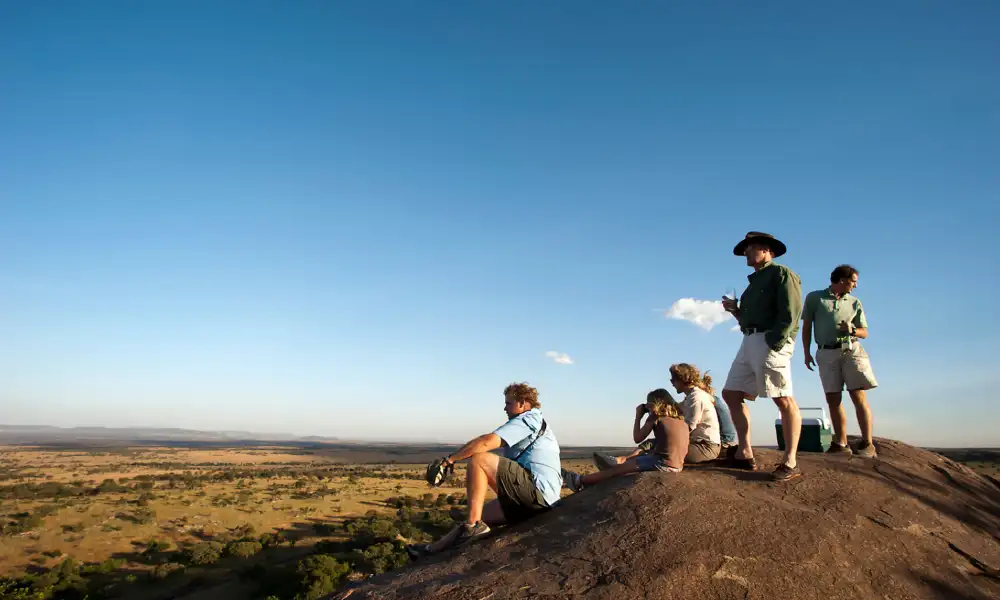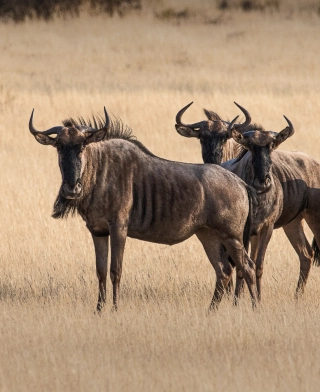Ngorongoro Crater
- Home
- Ngorongoro Crater
Overview:
The Ngorongoro Crater, located in northern Tanzania, is a UNESCO World Heritage Site and one of Africa's most iconic natural wonders. Formed by the collapse of a volcanic caldera millions of years ago, the crater is home to an incredible array of wildlife and stunning landscapes, making it a must-visit destination for safari enthusiasts.
Best Time to Visit:
The Best Time to Visit the Ngorongoro Crater is during the dry season, which runs from June to October. During this period, wildlife congregates around the crater's water sources, offering excellent opportunities for game viewing. Additionally, the dry season provides clear skies and pleasant weather for outdoor activities such as game drives and hiking. However, the crater can get crowded during peak tourist season, so visiting during the shoulder months of November to May can offer a quieter experience.


Highlights:
- Crater Floor: Home to a dense concentration of wildlife, including the Big Five.
- Lake Magadi: A soda lake within the crater, often surrounded by flamingos.
- Lerai Forest: A lush forest area in the crater, providing habitat for elephants and other wildlife.
- Olduvai Gorge: An important paleoanthropological site near the crater, showcasing early human fossils.
- Ngorongoro Conservation Area: Encompasses diverse landscapes and Maasai cultural heritage.
What to See:
- Wildlife: Lions, elephants, rhinos, buffaloes, and leopards. Also, hippos, wildebeests, zebras, and numerous antelopes.
- Birds: Over 500 species, including flamingos, ostriches, and kori bustards.
- Scenery: Stunning views from the crater rim, the verdant Lerai Forest, and the expansive crater floor.
- Cultural Visits: Maasai villages where you can learn about traditional Maasai culture and lifestyle.
- Olduvai Gorge: Fossilized remains of early humans and ancient artifacts.
Facts :
- Location: Northern Tanzania, part of the Ngorongoro Conservation Area.
- Size: The crater is about 260 square kilometers (100 square miles) in area, with a diameter of about 19 kilometers (12 miles).
- Formation: Formed approximately two to three million years ago from a large volcanic explosion and collapse.
- Depth: The crater is about 600 meters (2,000 feet) deep.
- UNESCO Status: A World Heritage Site since 1979.
- Biodiversity: High density of wildlife, often referred to as "Africa's Garden of Eden."
- Tourism Activities: Include game drives, walking safaris, bird watching, and cultural tours.
Ngorongoro Crater, often dubbed the "Eighth Wonder of the World," offers a unique and concentrated wildlife experience within its steep walls. The crater floor is teeming with diverse fauna, providing a sanctuary for many species, including some that are rare and endangered, like the black rhino.




























